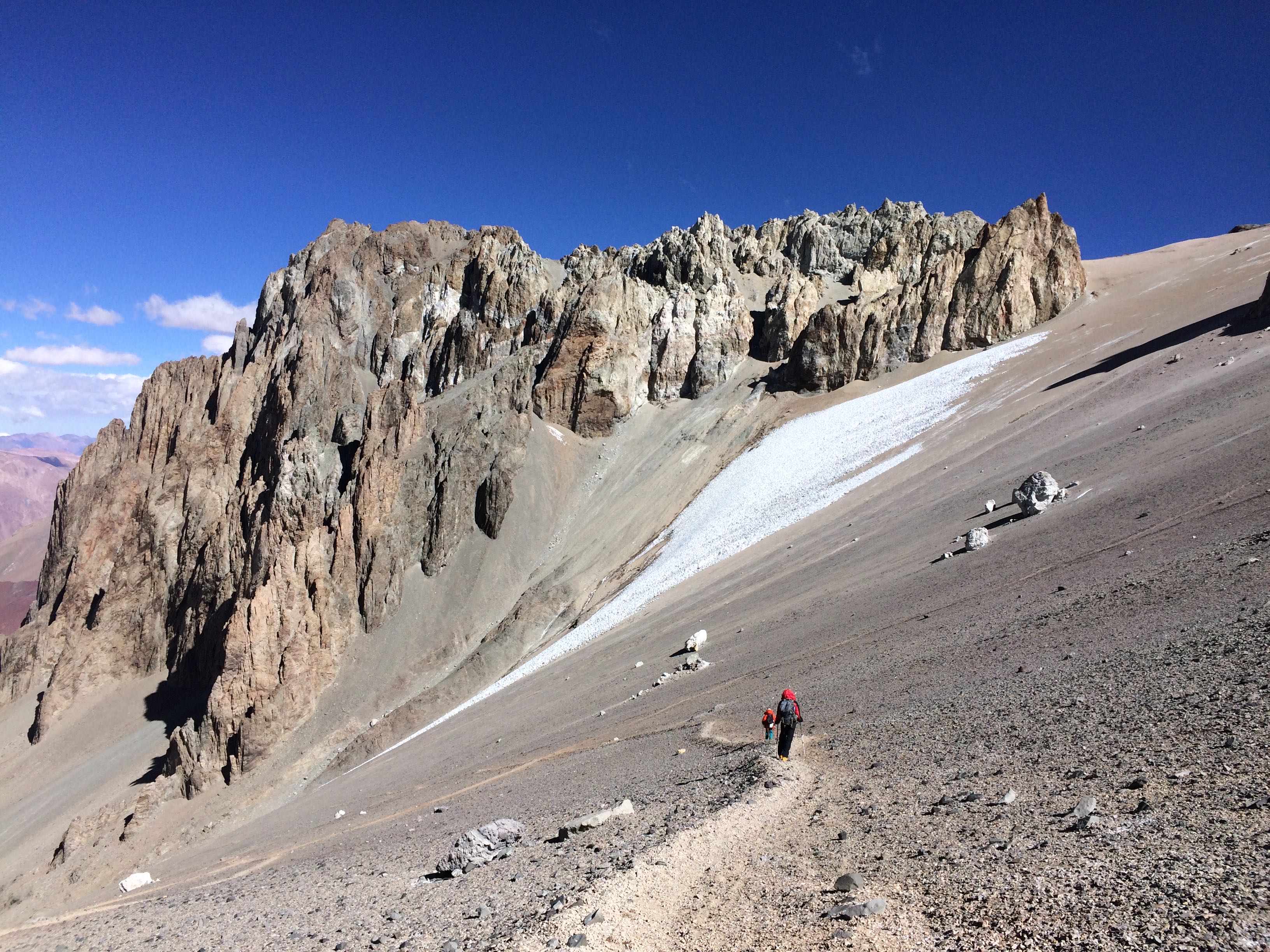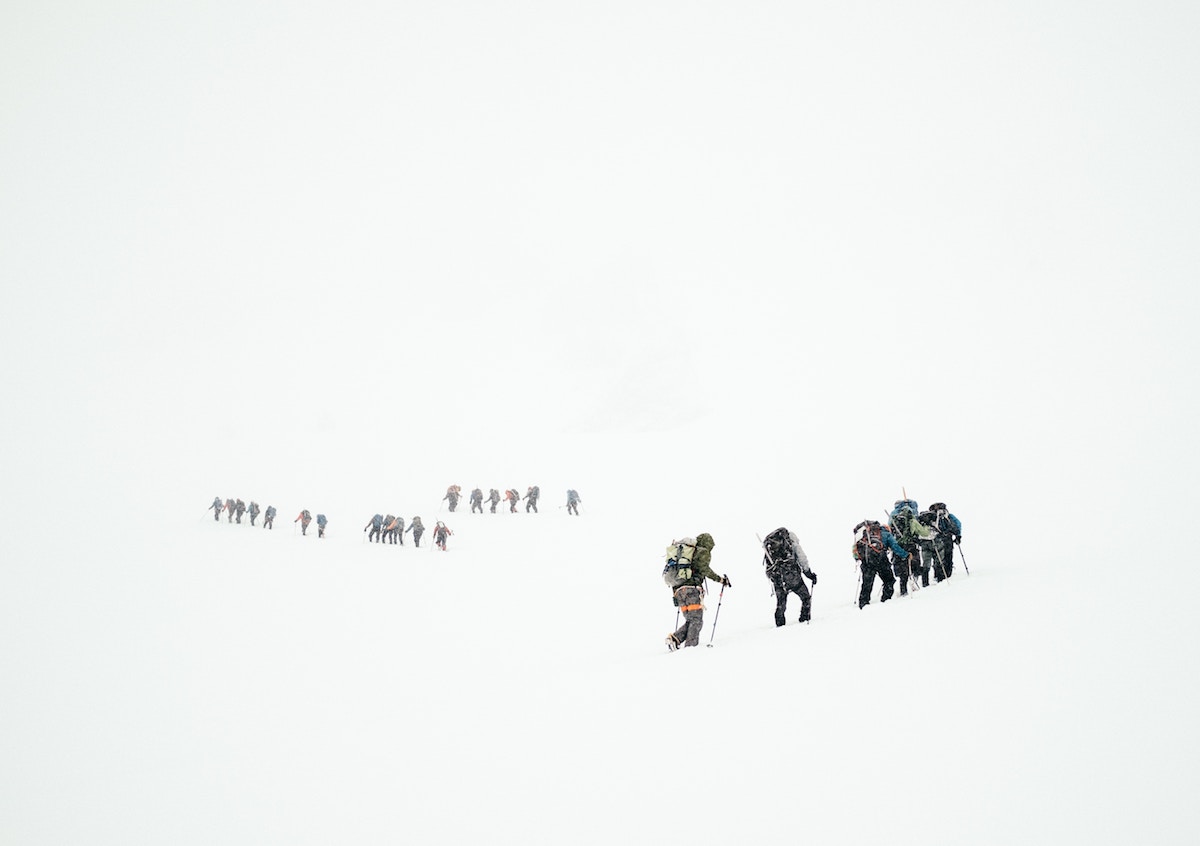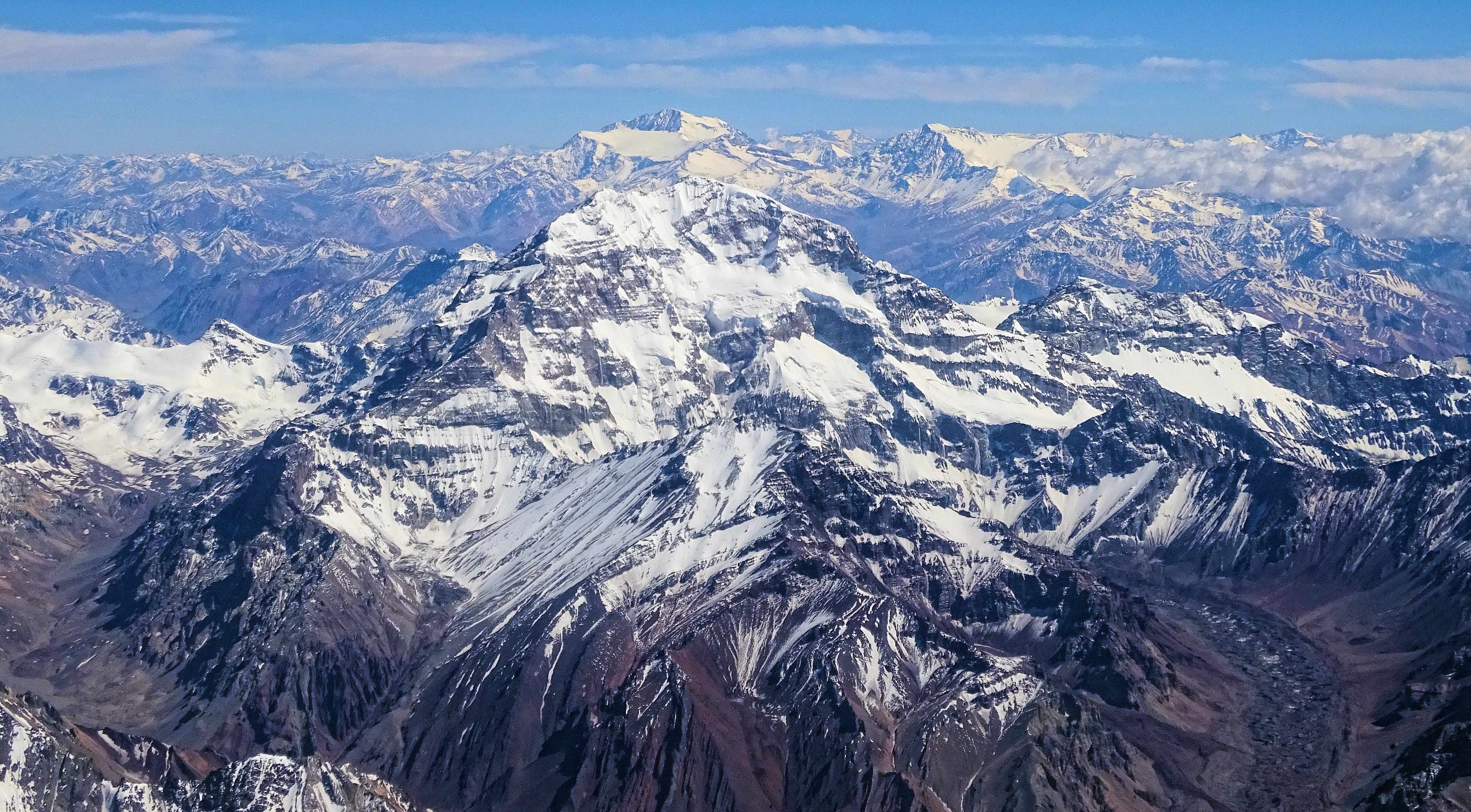First Woman Mission Pilot in CAP’s Green Flag Program
I am now the first woman Mission Pilot (MP) in Civil Air Patrol’s (CAP’s) Green Flag program. Achieving this had developed into a significant personal goal, and I simultaneously made CAP history. CAP just released an article on this, which you can see here.
One thing the article fails to mention is the many aircrew, base staff, instructors and other people who have helped me to develop my skills and have made available opportunities for me to participate. Thank you to all of you!
CAP is the Auxiliary to the US Air Force. CAP’s role in this program is key in providing realistic Remotely Piloted Aircraft (RPA) integration into air & ground force battlefield combat training through the use of sensor equipped airplanes. Being an MP means serving as pilot in command during essential mission flights that aid in the training and preparation of Air Force airmen and Army & Marine ground troops prior to their deployment overseas.
How did I End Up Here?
I’ve already been a Mission Pilot for CAP in other (emergency services) capacities for several years. Still, this is a far cry from what I would have envisioned for myself when I first started learning to fly airplanes. What in the world would cause someone like me to not only join this program but to participate and train to the point where I’m now rated in all three of our aircrew positions? I have zero military background, and I generally approach the world from a peaceful perspective. Aren’t there other ways in which I can participate in flying small aircraft? (And yes, we do fly small aircraft, i.e., surrogate RPAs, not RPAs.)
When I first heard about the program, I was intrigued by the sensor technology. The engineer in me was excited about learning more about the sensors and how they work in this type of completely unfamiliar (to me) environment.
In my professional life I’ve worked with imaging data from a variety of sensors. This is also true in my avocation in emergency services, which typically includes things like search and rescue, “SAR”, and disaster relief, “DR”. It’s been rewarding to experience this additional real-time application and to bring back insights into the emergency services use cases for our small Unmanned Aircraft Systems (sUAS) as well as fixed wing aircraft in California.
Acting as sensor operator is still one of my top 3 favorite roles within the aircraft. Hint: there are a total of 3 of aircrew positions. The point is, I enjoy different aspects of all three, and I believe all three are equally important to the mission. Because of the interdependency of the roles (familiar to anyone operating in a closely knit team), familiarity with each makes me better at whichever one I am doing during any given mission. Still, specializing in one or at most two going forward will enable me to contribute the greatest value.

Receiving my MP Certificate from Lt Col Irby (photo by D. Lang)
But Really, Why?
Why do I devote so much time to doing this? I often spend up to two weeks at a time away from home. To make that work, I’ve been wrapping my professional and personal life around this, frequently working remotely, fulfilling my other obligations in life from on the road, in hotel rooms, and from our mission base. Right now, my work and home life can accommodate this, though that may not always be the case. Life would certainly be a lot easier without this complication.
Flying in this mission stretches my flying skills – being able to fly the plane well is no longer a goal, but a baseline assumption. The increased situational awareness (SA) required in order to fly safely and also process all of the mission-specific information in a complex environment is a big step up from a lot of other civilian flying.
I’m convinced that constantly flexing my SA “muscles” transfers over into my other flying activities and into the rest of my life where SA is also critical. I imagine this will include my meditation (aikido) practice; my working life where balance of fine detail focus (e.g., on engineering problems) and bigger picture (e.g., strategy and vision) are both important; and expeditions, or other excursions into extreme environments, where safety demands being able to balance focus and tracking the bigger picture.
Motivation = Growth + Achievement
Becoming the first woman Mission Pilot and, more importantly, participating in this mission on an ongoing basis requires commitment and some amount of sacrifice in other areas of my life. I believe that anything that makes ongoing and significant demands needs to not only be a “job” or have some external motivation. It also needs to be internally and very personally rewarding. For me, the internal motivation is the personal sense of growth and achievement that result.
As an “anywhere, any time, by any means possible” committed learner, I am drawn to challenges! Not just any challenge, but specifically challenges that let me take my existing skill set and continually stay in that zone of contributing value to a larger purpose that is meaningful to me, while stretching my own boundaries.
If YOU are drawn to a big challenge and maybe a little bit intimidated about achieving it, especially if it’s in an area where I have some skills, feel free to reach out to me, either here or on LinkedIn. I’ve been inspired and helped by many and intend to keep helping others in turn.







Leave A Comment